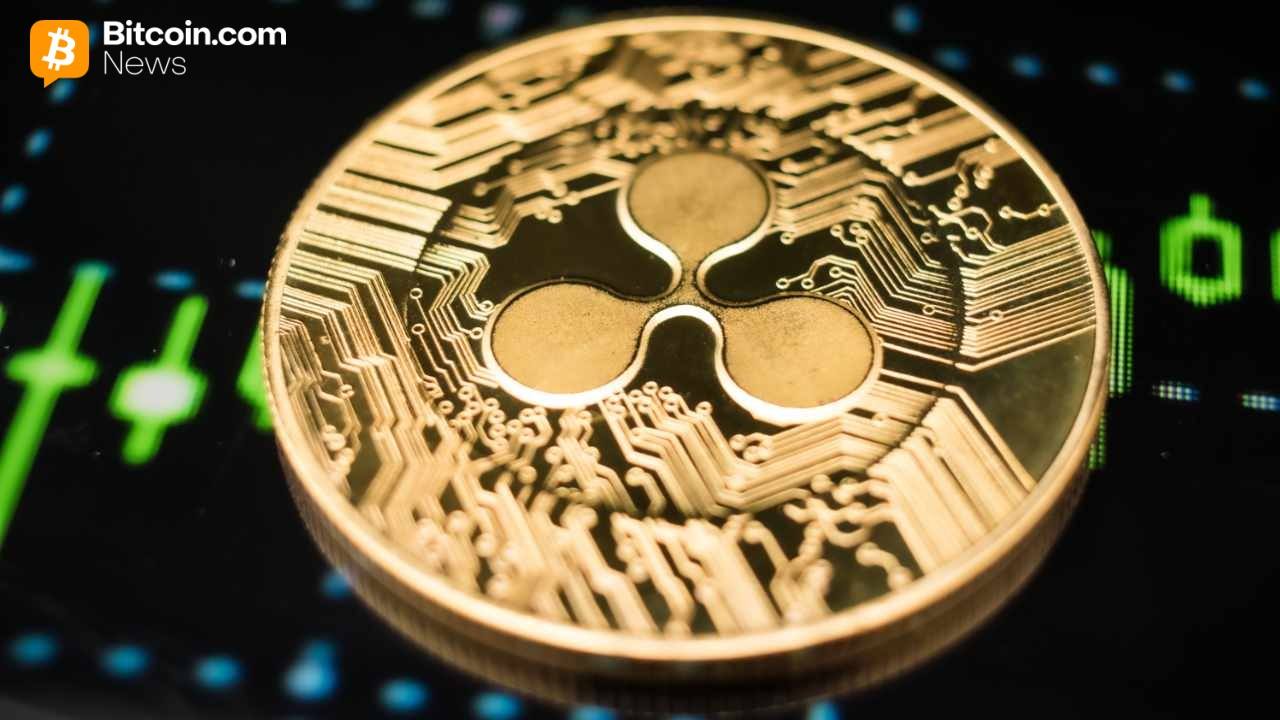Could Hedera Hashgraph Become a Deflationary Token? AllinCrypto August 25, 2025
Hedera Hashgraph (HBAR) is a DLT known for its speed, low fees, and high throughput, outmatching the majority of blockchain networks in the industry.
As adoption of crypto accelerates, particularly in tokenization, stablecoins, and DeFi, use cases of Hedera, including the HBAR token, could lead to price increases and possible deflationary tokenomics.
Let’s see if Hedera Hashgraph could encounter deflationary tokenomics in the future as adoption and usage of the network rise.
Understanding HBAR’s Token Supply
HBAR currently has a circulating supply of 42 billion tokens with a maximum supply capped at 50 billion; there will never be more than 50B tokens.

Unlike some cryptocurrencies that rely heavily on inflationary mechanisms for rewards, Hedera’s design prioritizes a sustainable operation, aligning with the network’s design to be used and adopted by enterprises.
Transaction fees play a role in HBAR’s tokenomics, along with securing the network and DeFi application developments. As network usage grows, it’s easy to assume that developers and investors will want to hold more HBAR tokens to use the network effectively, this can affect how many tokens are in active circulation.
What Could Lead to Deflationary Effects for HBAR?
One of the primary paths to deflationary pressure on HBAR is long-term holding and staking by institutional investors and individual retail holders.

Hedera has seen significant enterprise adoption from businesses and international banks from around the world, including the UK, Singapore, and South Korea, and many organizations hold HBAR for operational and strategic purposes, including treasury purposes. Tokens locked in such use cases are effectively removed from the liquid market.
Additionally, Hedera’s node reward structure and incentives are designed to maintain network security. This ensures that while tokens are distributed for participation, there is no artificial pressure inflating the supply, further supporting a controlled, predictable ecosystem.
HBAR is neither Deflationary nor Inflationary
From network features, HBAR is unlikely to become deflationary in the short term or long term. Hedera, overall, is neither deflatory nor inflationary due to the network’s design and tokenomics. There will never be more than 50B tokens, and since there are no burning mechanisms, HBAR supply is recycled.
The large total supply ensures that liquidity remains sufficient for enterprise operations. Hedera’s model emphasizes predictable tokenomics and sustainable network growth rather than scarcity.
This makes HBAR attractive to institutional investors who prioritize security, regulatory compliance, and stability over speculative deflationary gains.
Market Scarcity and Price Appreciation for Hedera
Even if HBAR is not strictly deflationary, real-world usage can create practical scarcity. Institutions participating in Hedera’s ecosystem may stake or hold tokens for extended periods, reducing the circulating supply available for trading.

This scarcity can provide natural upward pressure on the price, making HBAR appealing for investors seeking both utility and price appreciation.
Additionally, Hedera’s enterprise-ready infrastructure encourages adoption across industries such as tokenization and stablecoin issuance. Each use case increases network activity and demand for HBAR, indirectly supporting its value.
Long-Term Outlook for Hedera
The potential for deflationary dynamics in HBAR depends largely on network growth, adoption, and use cases. Avenues for deflation in HBAR lie in Hedera-focused treasuries and use cases for HBAR.
As Hedera continues to expand its ecosystem with real-world applications, the cumulative effects of institutional network usage could create deflationary-like trends, even if the network remains structurally neither inflationary nor deflationary.
Hedera Hashgraph has the elements to experience deflationary pressures under certain conditions, primarily through institutional token holdings and network usage.
While the network is unlikely to be fully deflationary due to its enterprise focus, its design allows for scarcity to occur from open market holdings.
The post Could Hedera Hashgraph Become a Deflationary Token? first appeared on AllinCrypto.







